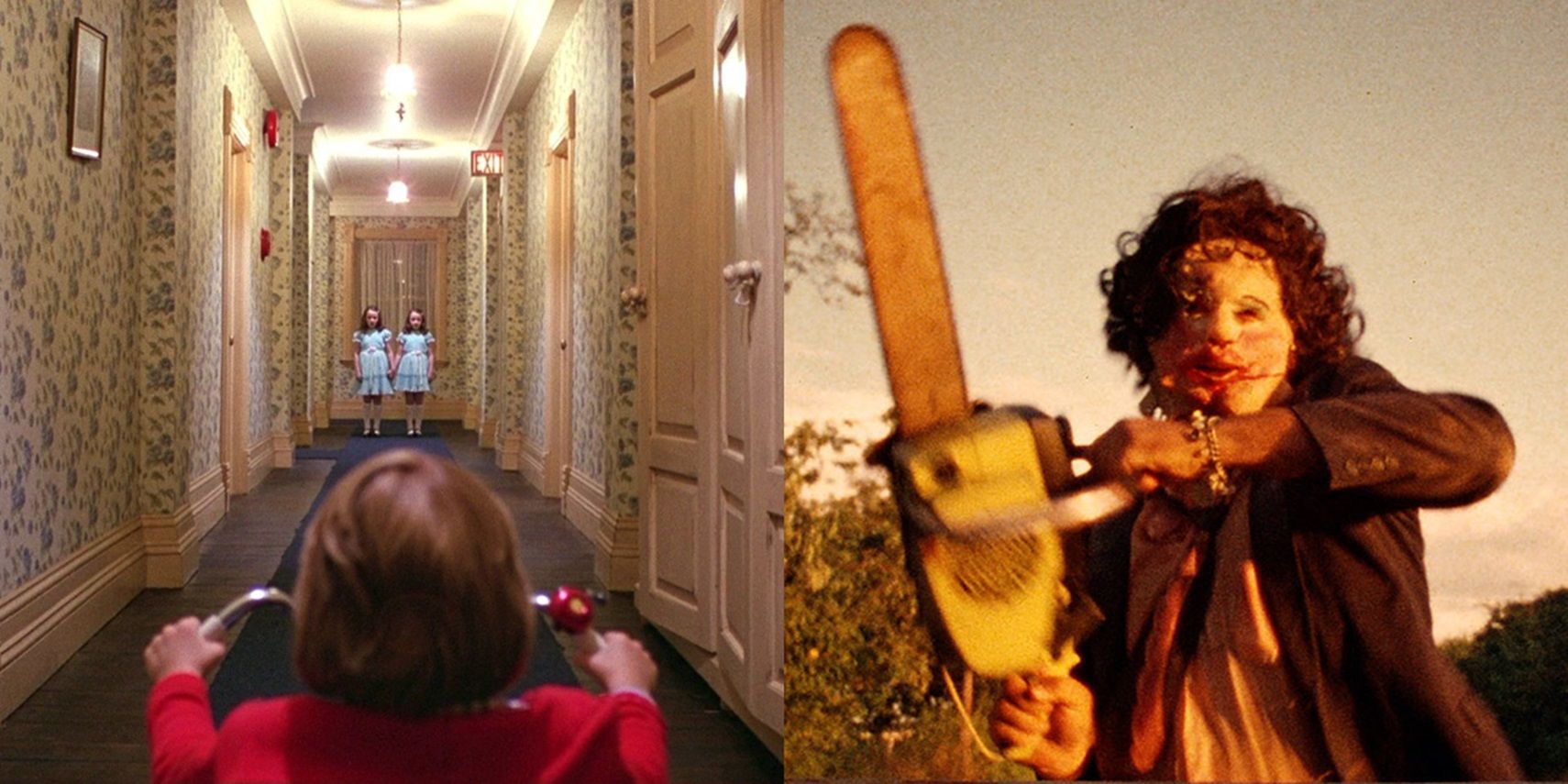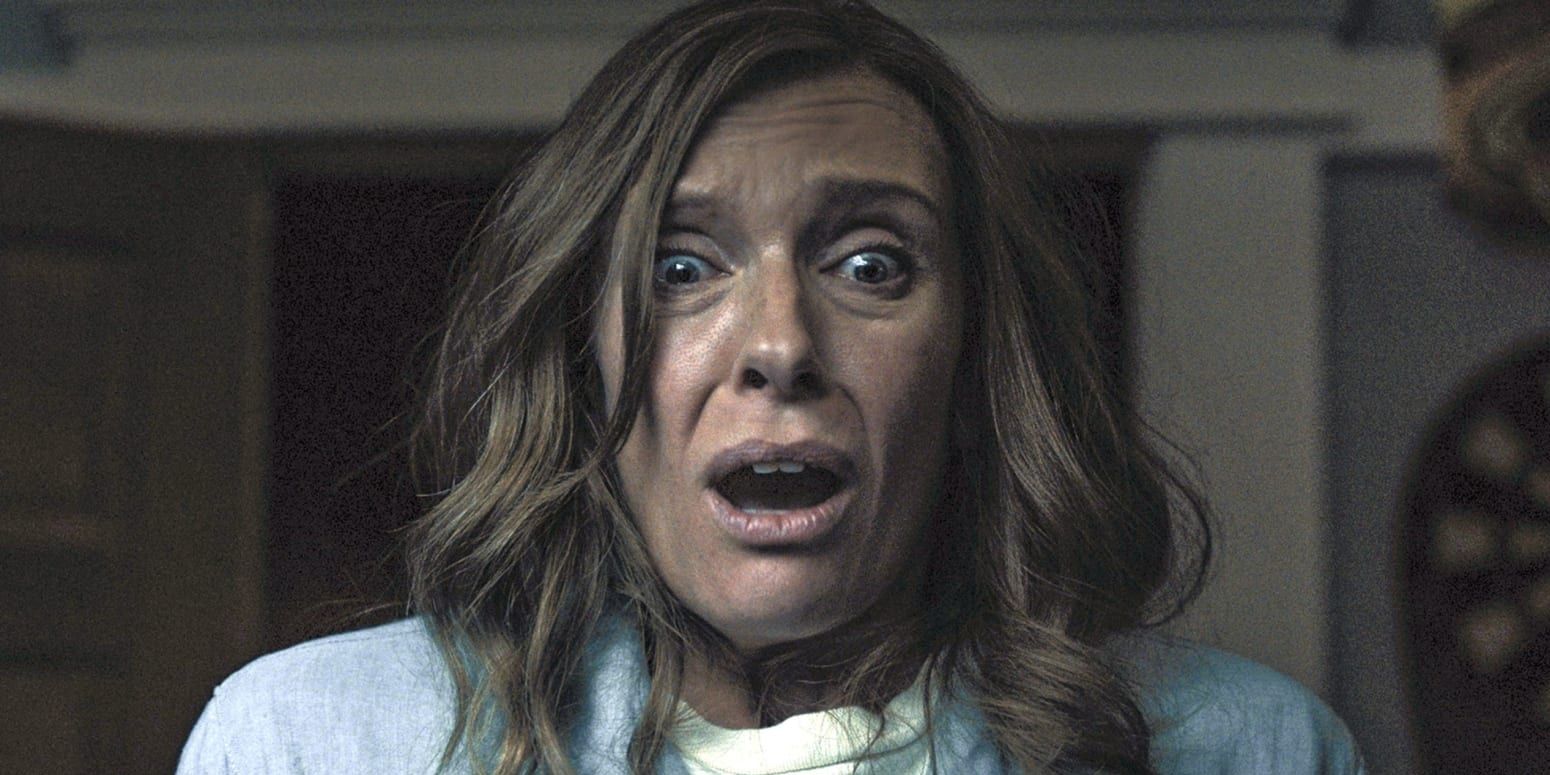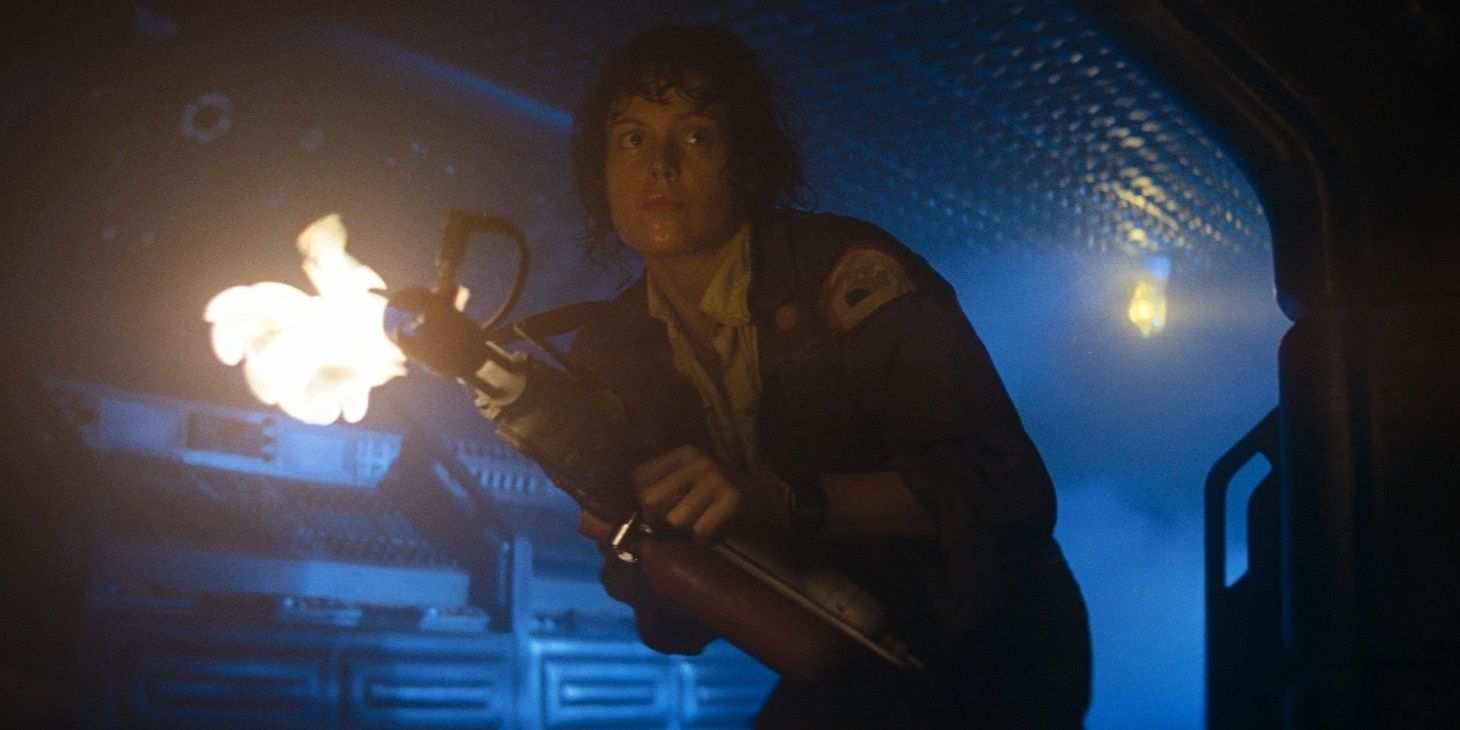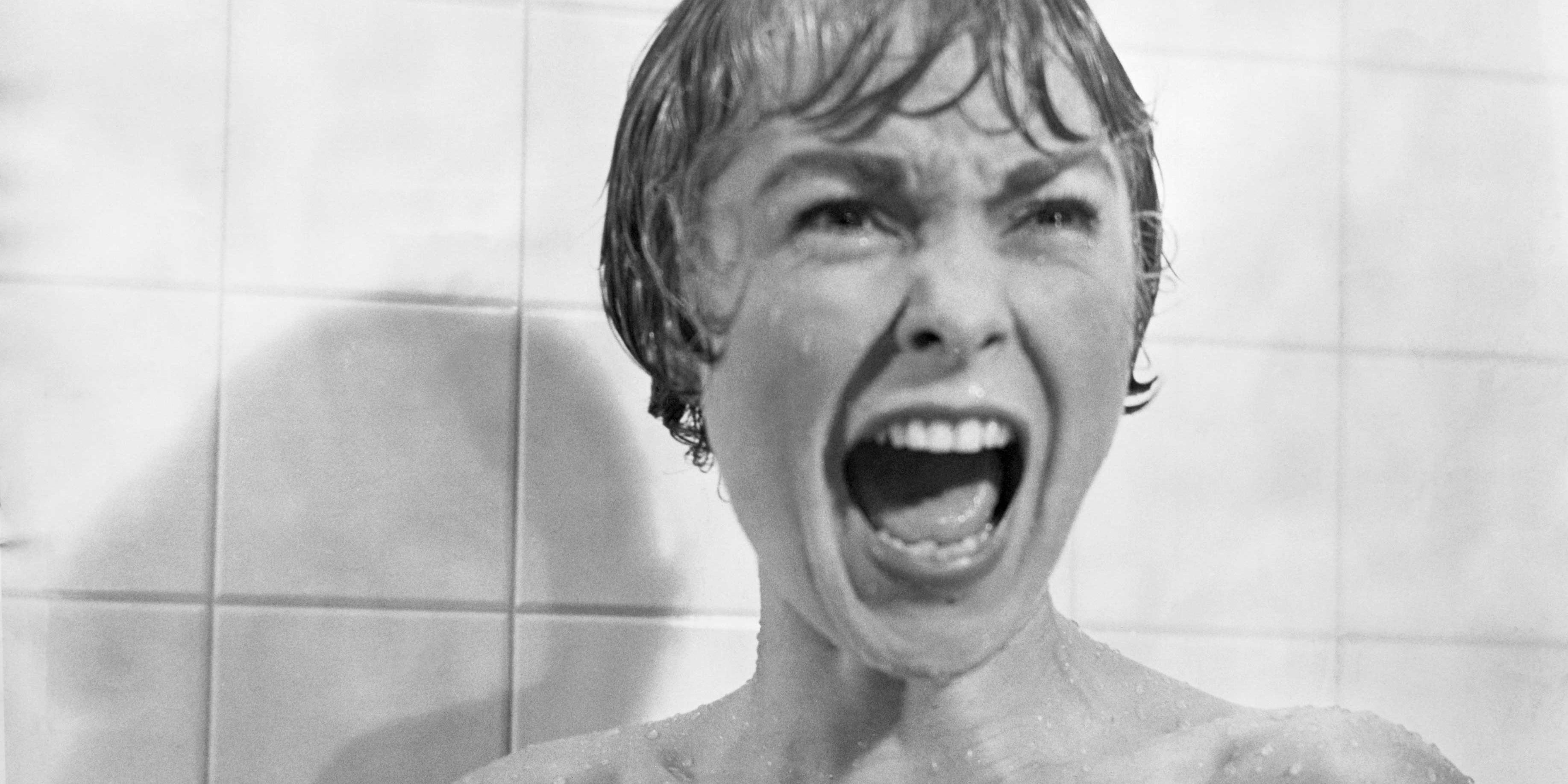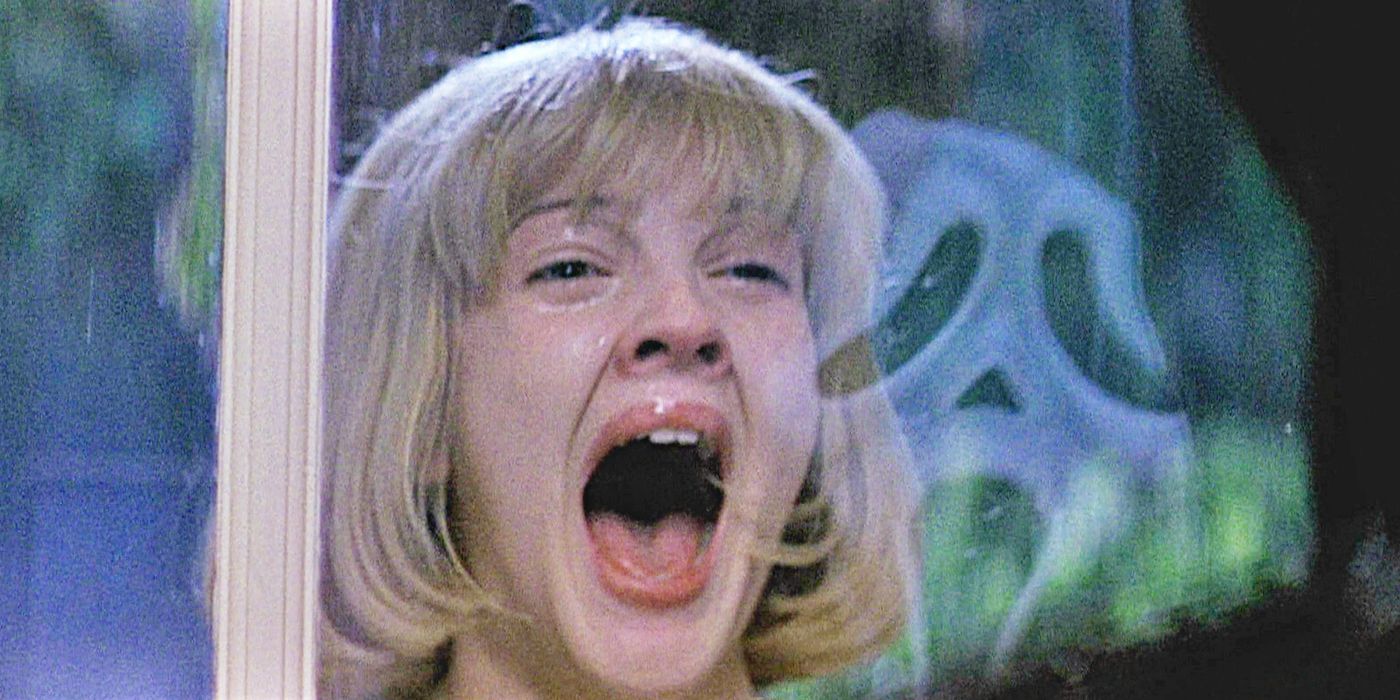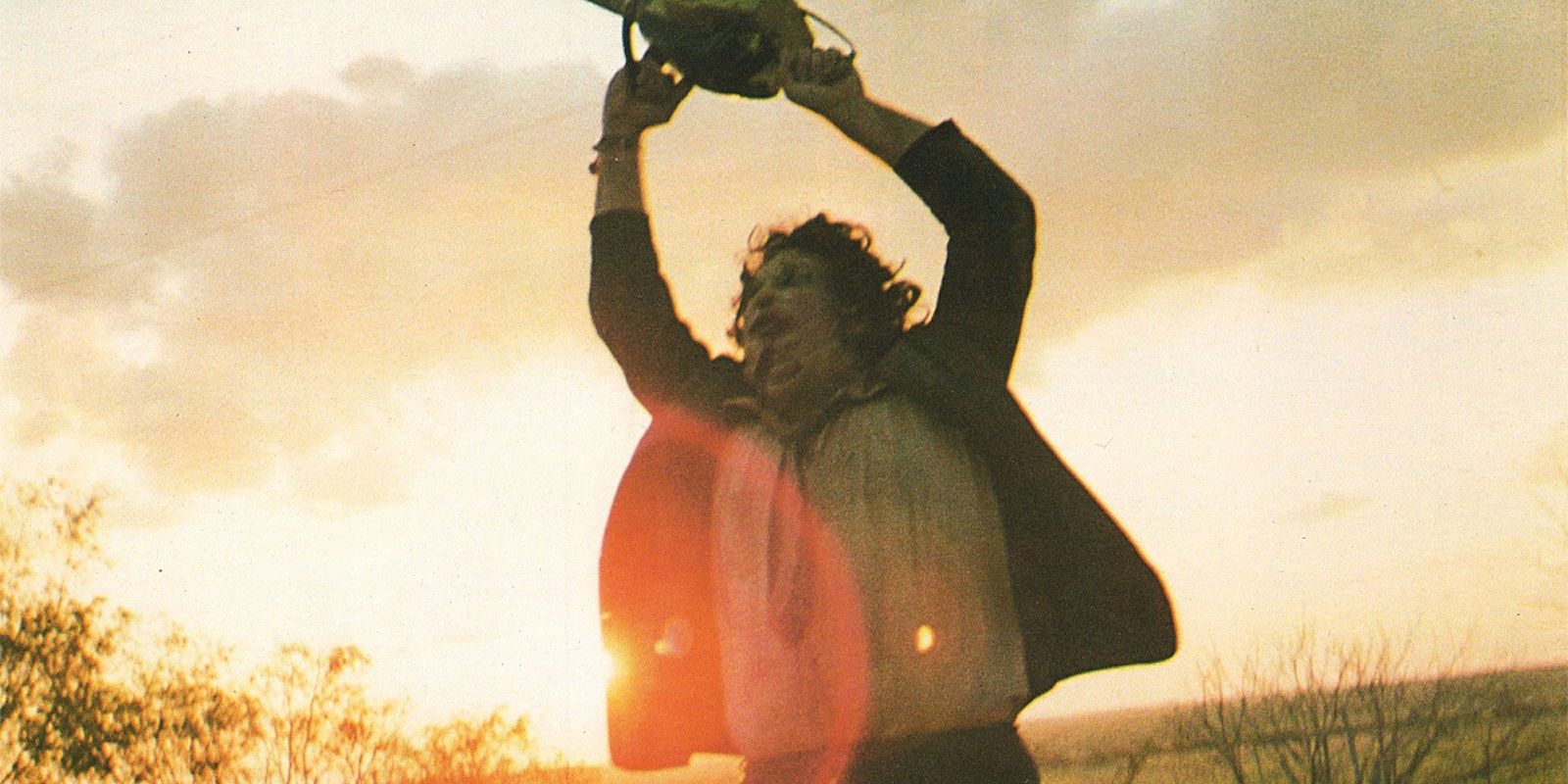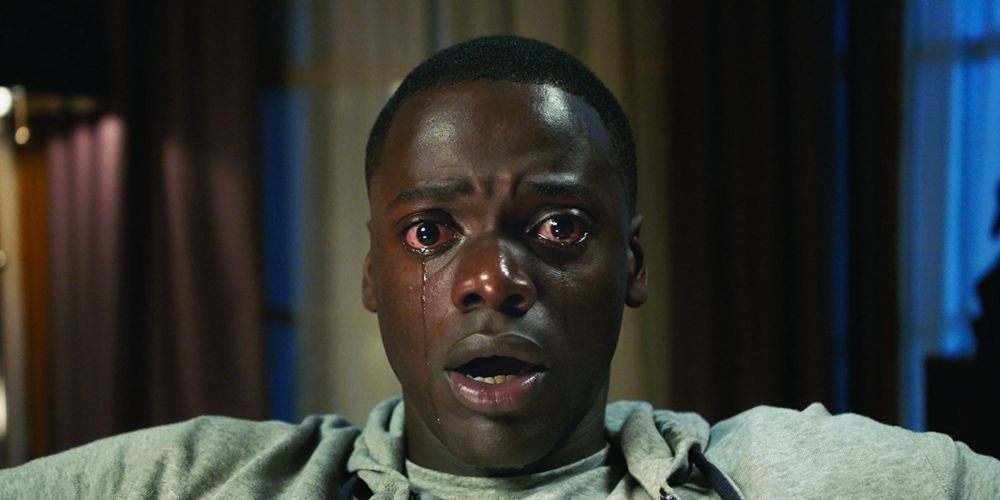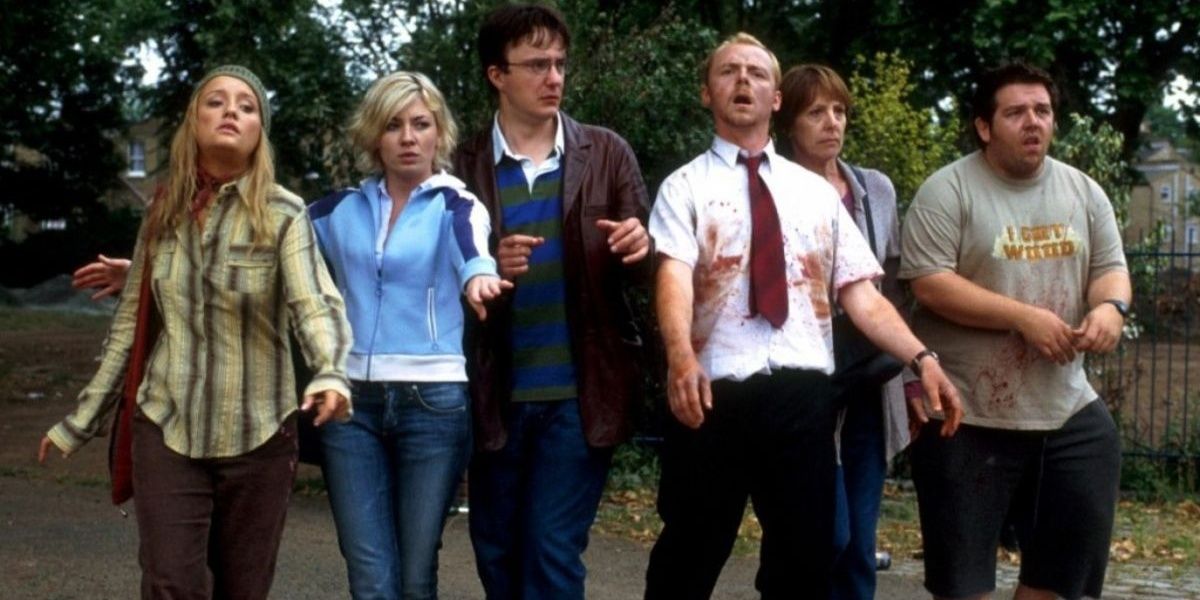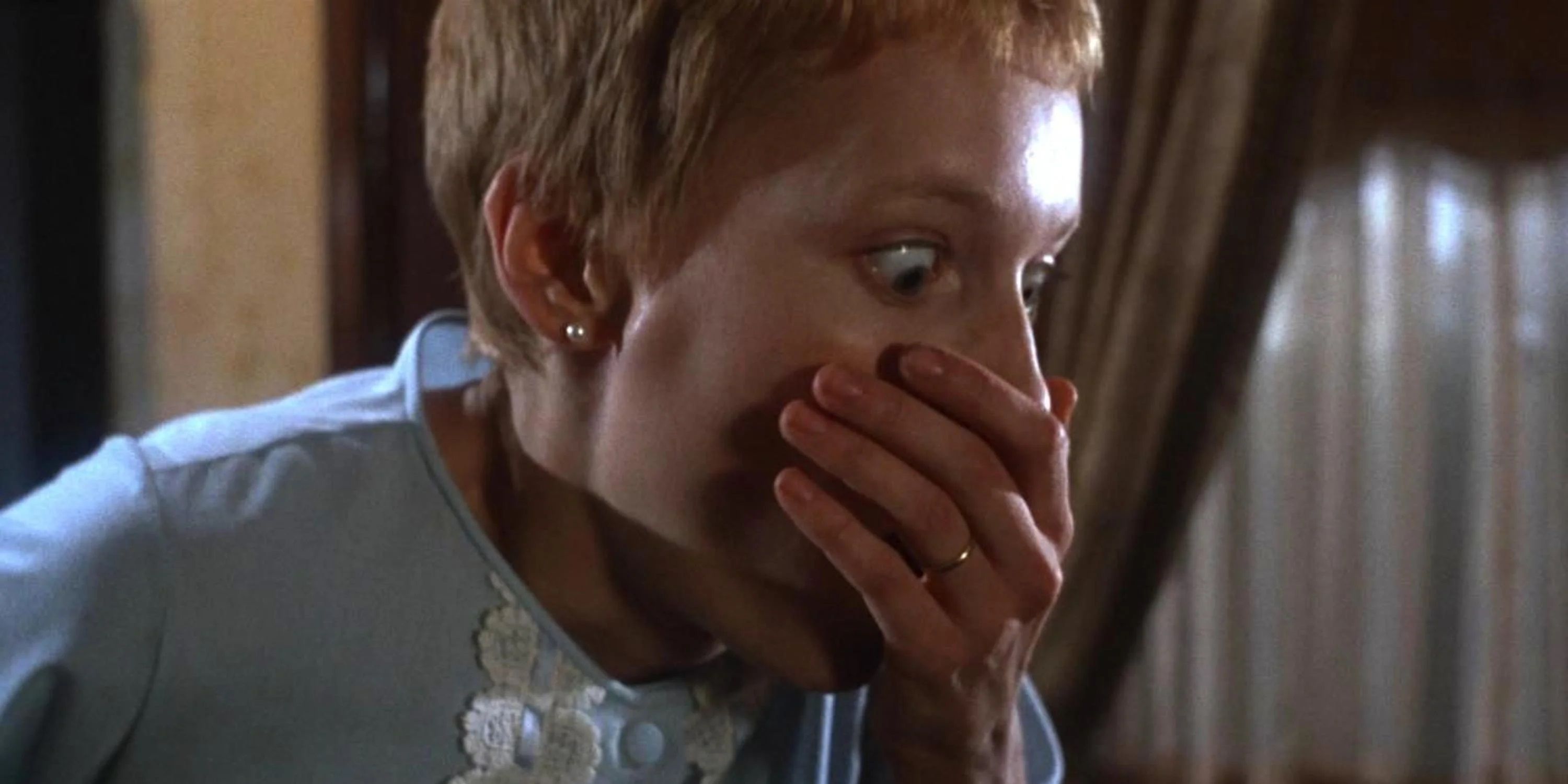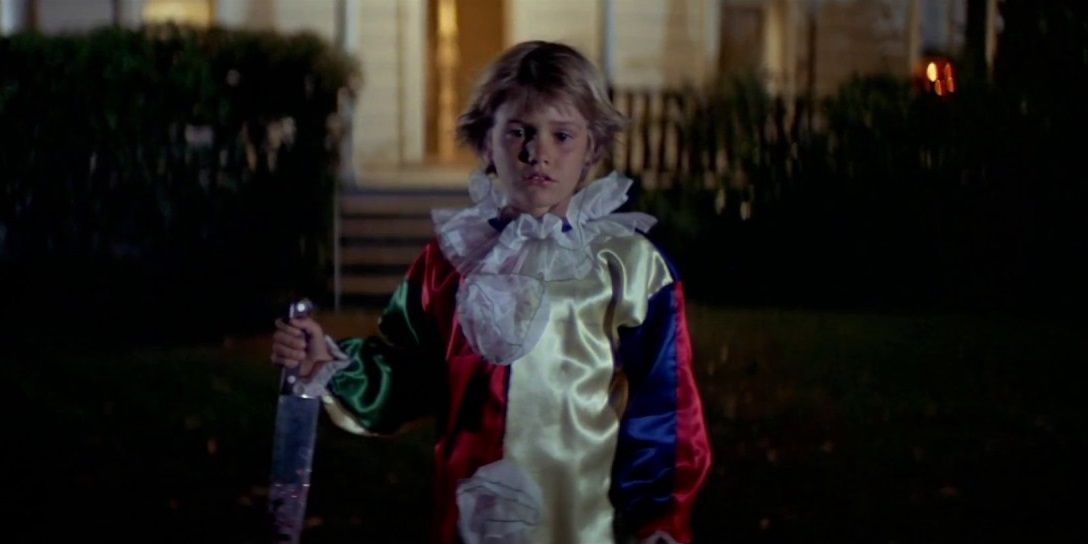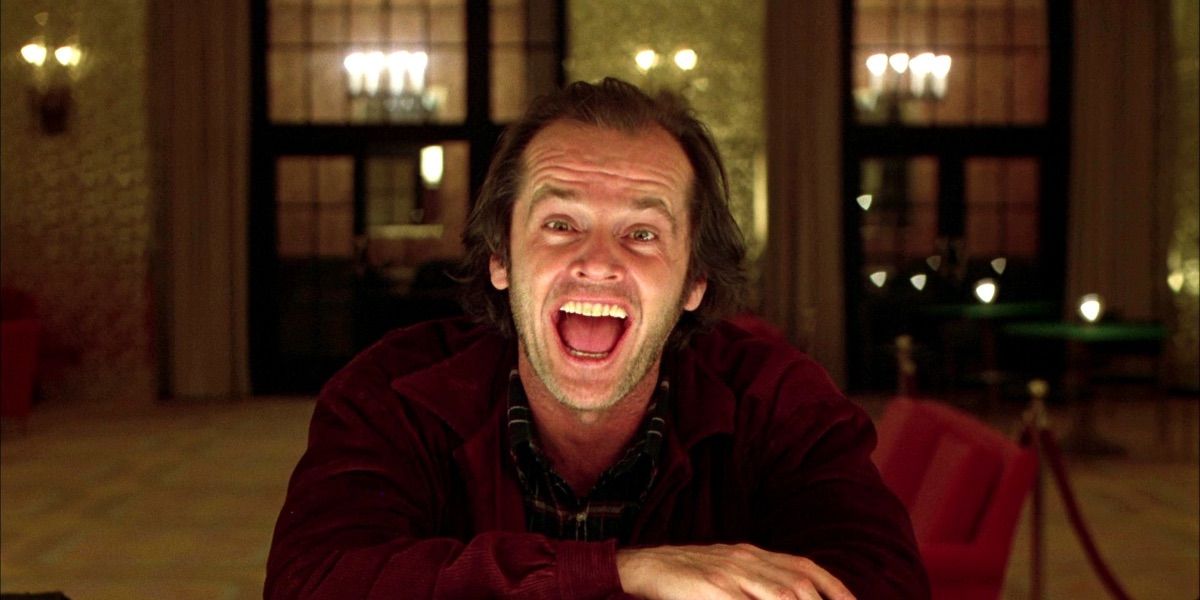It’s tough for something to scare people more than once. If a horror movie has one-dimensional characters, cliché-ridden storytelling, and predictable jump scares, then it’ll barely hold up to a single viewing. But if the filmmaker meticulously crafted each set piece and filled every frame with subtle details, then the movie will stand up to countless revisits.
While some horror movies like Friday the 13th don't offer much on multiple viewings, there are other films in the genre that can reveal previously hidden details, allegories, or themes that weren't apparent the first time around. From the ominous foreshadowing buried in the opening scenes of Hereditary to the immersive otherworldly production design of the original Alien, the horror genre is jam-packed with rewatchable gems.
Hereditary (2018)
Ari Aster’s debut feature Hereditary is filled with subtle foreshadowing hinting at the pagan cult’s sinister intentions with the Graham family. Viewers don’t spot all the little details hidden in early frames until they’ve seen the movie a few times.
Hereditary’s most shocking moment – the telephone pole decapitation of a child – never gets any less traumatic upon a second re-watch. The camera doesn’t focus on Charlie herself, but on Peter, as he realizes what he’s done and the reality of his grim situation sets in. Also, the film's wild plot involving demon worship and spiritual possession becomes a little more coherent with multiple viewings.
Alien (1979)
Unnerving otherworldly visuals, spine-chilling metaphors, and perfect pacing elevated Ridley Scott’s Alien above its “haunted house movie in space” premise. H.R. Giger’s impeccably detailed production design creates a grimy, gloomy, lived-in world of its own that audiences can revisit over and over again. The movie has a nail-biting atmosphere from beginning to end, thanks to Scott’s Hitchcockian command of tension and Jerry Goldsmith’s foreboding experimental soundscape.
Psycho (1960)
The Hitchcockian suspense of Psycho still holds up more than six decades later. The movie is just as effective when the viewer knows the twist is coming (which is just as well, because that twist is now one of the most frequently parodied moments in movie history, so most people know the twist before even their first viewing).
Timeless elements like Anthony Perkins’ unsettling portrayal of Norman Bates and Bernard Herrmann’s tense string orchestrations on the soundtrack ensure that Psycho is still more effective than most of the horror movies being released today.
Scream (1996)
After the slasher wave of the 1980s made Wes Craven a household name, he hammered the final nail into the well-worn horror subgenre’s coffin with 1996’s Scream, a sharp postmodern deconstruction of slasher tropes.
Kevin Williamson’s witty script brings a whodunit angle to the familiar high school-based slasher, and the mystery surrounding the Ghostface killer’s identity has plenty of foreshadowing. Scream fans get to enjoy the movie in a whole different way the second time, as they can watch out for Billy and Stu’s suspicious behavior.
The Texas Chain Saw Massacre (1974)
The brisk runtime of Tobe Hooper’s grisly masterpiece The Texas Chain Saw Massacre means the movie flies by on rewatches. The movie’s pro-vegetarian message adds some satirical bite to the gruesome proceedings.
Leatherface’s suggested violence with the thud of an off-screen sledgehammer is still much more terrifying than all the on-screen “torture porn” that flooded multiplexes at the turn of the 21st century. In addition, audiences who return to the film can appreciate the expert way Hopper builds tensions by refraining from revealing Leatherface and his family until the middle of the movie.
Get Out (2017)
Jordan Peele deservingly won the Academy Award for Best Original Screenplay for penning the script for his directorial debut Get Out – “original” being the operative word. Peele used the socially conscious thrills of Ira Levin’s paranoid literary classics to reflect America’s racial tensions in one of the most acclaimed horror films in recent memory.
While the twists only hit on the first viewing, Peele included a ton of subtext to pick up on rewatches, like all the white characters arriving at the party in black cars to foreshadow their twisted plans and the eerie auction scene sharing parallels with the ugliest chapter of U.S. history. Get Out is a movie rich with hidden details like this, which rewards viewers as they watch the film again.
Shaun Of The Dead (2004)
Edgar Wright’s Shaun of the Dead is often called a parody of zombie movies, but it’s more of a straightforward zombie movie that happens to have a lot of laughs because it has nothing but affection for George A. Romero’s undead hordes. Shaun is as much of an authentic horror movie as it is a comedy. All the biggest scares land beautifully.
Like the following two Cornetto movies, Shaun of the Dead is filled with foreshadowing. In an early pub scene, Nick Frost’s Ed unwittingly outlines the entire plot of the movie. The details only stand out on rewatches. As a bonus, the jokes still hold up as well as the charming chemistry shared between the cast.
Rosemary’s Baby (1968)
1968’s Rosemary’s Baby is one of the definitive cinematic portraits of paranoia. Mia Farrow stars as a pregnant woman who begins to suspect that her neighbors belong to a Satanist cult and that she’s about to give birth to the Antichrist.
There’s an unbearable sense of fear and mistrust throughout the whole movie because Rosemary’s theories are neither confirmed nor denied until the chilling final scene. Viewers can notice clues about the nefarious plot Rosemary failed to notice the first time around. In addition, multiple viewings allow the audience to appreciate the film's New York City location and, in particular, the Dakota building where the film is primarily set in.
Halloween (1978)
John Carpenter’s Halloween wasn’t the first-ever slasher – that title goes to the aforementioned Psycho – but it is the quintessential film in the genre whose low-budget production and unexpected box office success inspired a generation of horror filmmakers to take a crack at the subgenre with their own masked killer and cast of expendable teens.
Carpenter doesn’t waste a second of screen time, efficiently setting up Michael Myers’ blood-soaked murder rampage and indulging in the ensuing terror. The film is timeless and rewatchable because of a unique combination of eerie music (provided by Carpenter himself), strong lead performances by Jamie Lee Curtis and Donald Pleasance, and effective use of location to convincingly portray a typical American small-town that is about to be shattered by a seemingly random massacre.
The Shining (1980)
The meaning of Stephen King’s The Shining is clear. Jack Torrance is a good man who’s corrupted by the ghosts of the Overlook Hotel, which turns him against his family. Stanley Kubrick’s movie adaptation is much more ambiguous, as Jack is shown to be hot-tempered, hateful, and occasionally abusive toward his wife and son even before he takes the winter caretaker job at the Overlook.
On top of the suggestion that the isolation – not paranormal intervention – turns Jack into a murderer, there are countless ways to interpret the meaning of Kubrick’s movie, and therefore countless times to rewatch it. Some fans have even read it as a confession that Kubrick faked the Moon landing. The Shining is so endlessly re-watchable that a documentary, Room 237, was released in 2012 that was devoted to exploring the film's numerous meanings.

